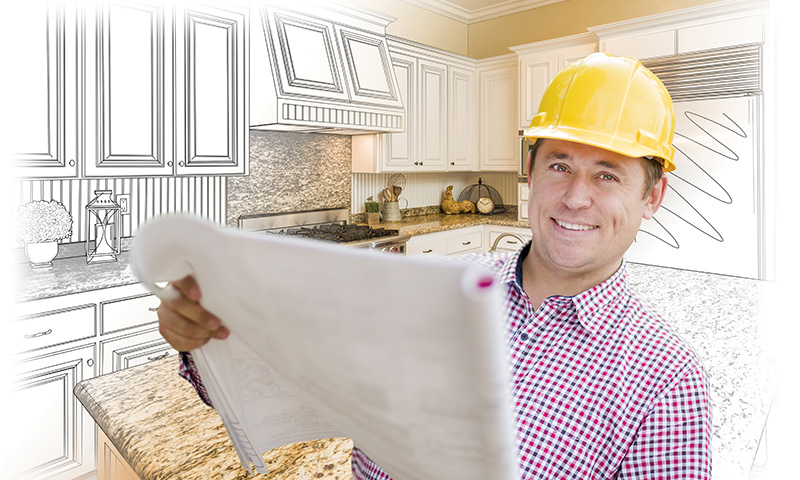Building a custom home may be one of the largest investments you ever make. From design to construction—and beyond—you want everything to go smoothly, and that process starts with choosing the right custom home builder for you. When considering custom home builders, think about the features you’d like in your new home and your budget. Research builders who build the type of home you’d like to have, and in your price range.

Here are 10 rules for choosing a custom home builder:
1. Find an experienced custom home builder.
Experience is a good thing, and a builder who is familiar with the custom home building process will help provide a seamless experience. They’ll also know about materials and equipment that are best for your home and be able to make educated suggestions. Ask friends and family for recommendations, do some research, and make a list of several builders you’d like to talk with.
2. Make sure the builder is licensed and insured.
A builder who has a license and insurance in the state in which you’re constructing your new home not only protects you as a client, but will help you rest easier during the building process.
3. Find out how the builder prefers to communicate (phone, text, email, in person) during the construction process—and how responsive they will be.
Knowing from the outset how often you can expect updates on the construction of your new home will save a lot of stress. Communication is key, whether by phone, through email, or on the jobsite. Be sure to ask about your access to the construction site and when you can do a walk-through.
4. Ask for examples of the builder’s past work and references from clients.
Reputable builders should have a portfolio of homes for potential clients to look at. Call the builder’s former clients and talk to them about their home to find out if they’re happy with it and with the builder’s work.
5. Find out how the builder handles changes during the construction process.
Changes and upgrades to your home while it’s being built can be expensive—learn at the outset how your builder handles these changes and what charges you might incur.
6. Get an idea of how long your new home will take to complete.
Construction time depends on a lot of factors, weather being one of them. Ask your builder for an estimate of how long it will take to build your home, and how factors such as the season and availability of labor could affect it.
7. Ask if there’s a warranty on the new home, and what’s covered.
While appliances are usually covered by the manufacturer, builders often offer a warranty on the structure to cover things such as materials and workmanship. Find out what the limitations of the warranty are, and what steps you would need to take—as well as the expected response time—for any needed repairs after construction is complete and you’ve moved in.
8. Have an idea of the final cost.
Keep in mind that the estimate your builder gives you could (and likely will) increase. Changes, upgrades, and other incidentals along the way can add to the final cost. It’s a good idea to plan on around 10 percent in additional costs.
9. Don’t forget the subcontractors.
With an average of 22 subcontractors providing services on building a home, it’s important that your builder have a good relationship with them. Ask your builder who the subcontractors are and how long they’ve had a working relationship.
10. Watch out for red flags.
If a builder asks for a large payment up front, beware (generally, an amount up to 15 percent is considered reasonable). A bid that’s considerably lower than others—although tempting—is also a red flag. Check with the Better Business Bureau for reviews and complaints when considering potential builders.